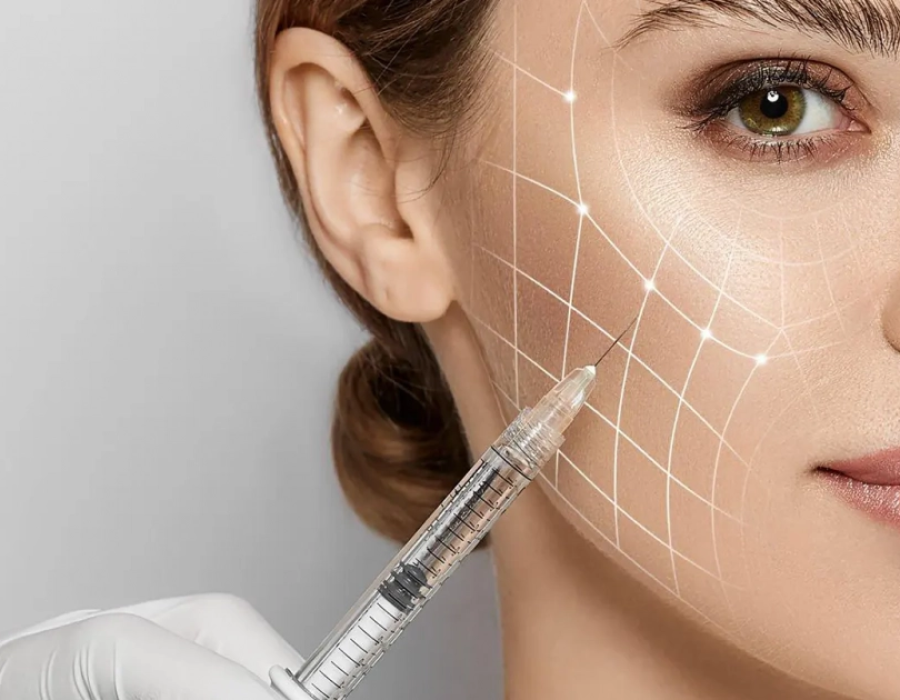Introduction
Cheek augmentation is a popular cosmetic procedure designed to enhance the contours of the face, creating a more defined and youthful appearance. However, like any surgical intervention, it comes with a recovery period that varies from person to person. Understanding the nuances of the recovery process is crucial for individuals considering or undergoing this procedure.
Understanding Cheek Augmentation
What is Cheek Augmentation?
Cheek augmentation is a cosmetic procedure aimed at enhancing the volume and shape of the cheeks. It can be achieved through various methods, including dermal fillers, fat transfer, or implants. The goal is to restore lost volume, improve symmetry, and create a more youthful facial profile.
Types of Cheek Augmentation
There are different techniques available for Cheek Augmentation in Dubai, each with its own advantages and considerations. Some common methods include injectable fillers, which offer temporary enhancement, and surgical implants, which provide longer-lasting results.
The Recovery Process
Immediate Post-Op
Immediately after cheek augmentation surgery, patients can expect some swelling, bruising, and discomfort. This is normal and usually subsides within the first few days. Patients may be advised to apply cold compresses and elevate their head to help reduce swelling.
First Week
During the first week of recovery, it's essential to follow post-operative instructions provided by the surgeon. This may include avoiding strenuous activities, refraining from smoking, and taking prescribed medications as directed. Swelling and bruising typically peak during this time but gradually improve.
First Month
In the following weeks, patients will notice significant improvements in swelling and bruising. However, it's essential to continue following post-operative care guidelines and attending follow-up appointments with the surgeon. Most individuals can gradually resume normal activities, although strenuous exercise should still be avoided.
Long-Term Recovery
The full recovery from cheek augmentation can take several weeks to months, depending on the individual's healing process and the type of procedure performed. While most swelling and bruising subside within the first month, it may take up to six months for the final results to become apparent.
Factors Influencing Recovery Time
Type of Procedure
The recovery time can vary depending on the specific technique used for cheek augmentation. Non-surgical procedures such as injectable fillers typically have shorter recovery periods compared to surgical methods like implants.
Individual Healing Capacity
Each person's body responds differently to surgery, and factors such as age, overall health, and genetics can influence the speed of recovery. Following a healthy lifestyle and adhering to post-operative care instructions can help optimize the healing process.
Preoperative Preparation
Proper preoperative preparation, including a thorough consultation with the surgeon and realistic expectations, can contribute to a smoother recovery. Patients should disclose any medical conditions, allergies, or medications they are taking to minimize the risk of complications.
Tips for Speeding Up Recovery
Follow Post-Op Instructions
Adhering to post-operative care instructions is crucial for a successful recovery. This may include avoiding certain activities, taking prescribed medications, and attending follow-up appointments with the surgeon.
Healthy Lifestyle Choices
Maintaining a healthy lifestyle can promote faster healing and better outcomes after cheek augmentation. This includes eating a balanced diet, staying hydrated, getting adequate rest, and avoiding smoking and excessive alcohol consumption.
Regular Follow-Up with Surgeon
Regular follow-up appointments with the surgeon allow for close monitoring of the healing process and early detection of any complications. Patients should not hesitate to contact their surgeon if they have any concerns or questions during the recovery period.
Common Concerns During Recovery
Swelling and Bruising
Swelling and bruising are common side effects of cheekbones surgery and typically resolve on their own within a few weeks. Applying cold compresses and keeping the head elevated can help alleviate discomfort.
Pain Management
Patients may experience some discomfort or pain following cheek augmentation surgery. Pain medication prescribed by the surgeon can help manage these symptoms and improve comfort during the recovery process.
Activity Restrictions
During the initial stages of recovery, patients should avoid strenuous activities and heavy lifting to prevent complications and promote optimal healing. Light activities and gentle movements are encouraged to aid circulation and reduce stiffness.
Conclusion
The recovery process after cheek augmentation varies from person to person but generally involves some degree of swelling, bruising, and discomfort. By following post-operative care instructions, maintaining a healthy lifestyle, and staying in close communication with their surgeon, patients can optimize their recovery and achieve the desired results.





Comments